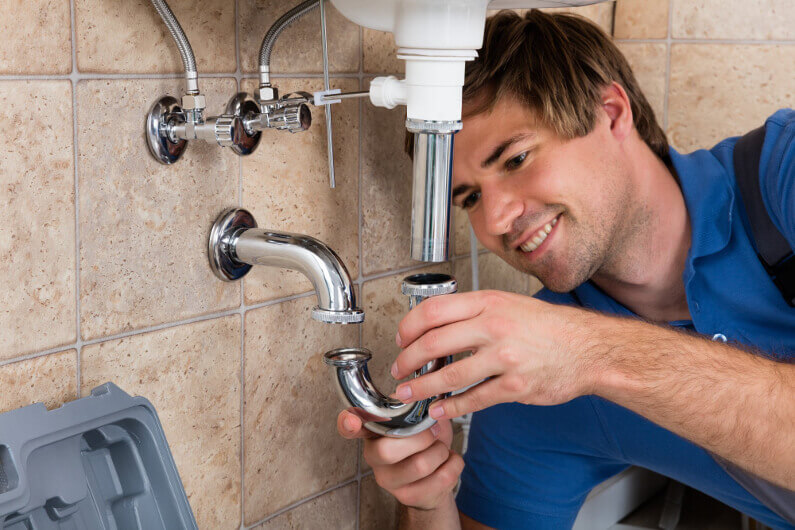The Ultimate Guide to DIY Plumbing Service for Homeowners

As a homeowner, dealing with plumbing issues is inevitable. From leaky faucets to clogged drains, having a basic understanding of DIY plumbing service can save you time and money. In this ultimate guide, we will provide you with essential tips and techniques to help you tackle common plumbing problems in your home.
The first step in DIY plumbing service is knowing the location of your main water shut-off valve. In case of a plumbing emergency facility, such as a burst pipe, you need to be able to quickly turn off the water supply to prevent further damage. The main shut-off valve is typically located near the water meter or where the main water line enters your home. Make sure everyone in your household knows its location and how to operate it.
One of the most common plumbing issues homeowners face is a clogged drain. Instead of reaching for harsh chemical drain cleaners, try using a plunger or a plumbing snake to clear the blockage. A plunger can help dislodge the clog by creating a vacuum and pressure, while a plumbing snake can reach deeper into the pipes to pull out debris. Remember to wear gloves and protective eyewear when working with plumbing tools.
If you have a leaky faucet, the culprit is likely a worn-out washer or O-ring. You can save money by replacing these parts yourself. Start by turning off the water supply to the faucet and then disassembling the handle to access the washer and O-ring. Take these parts to your local hardware store to find the right replacements. Once you have installed the new washer and O-ring, reassemble the faucet and turn the water supply back on to check for leaks.
To prevent future plumbing issues, it's essential to maintain your plumbing system regularly. Inspect your pipes for any signs of leaks or corrosion. Check for water stains on walls or ceilings, as they can indicate a hidden leak. Keep an eye on your water bill, as a sudden increase could be a sign of a leak. By addressing small problems early on, you can avoid costly repairs down the line.
If you're dealing with a more complex plumbing issue, such as a sewer line backup or a water heater malfunction, it's best to leave it to the professionals. Attempting to fix these problems yourself can result in further damage and costly repairs. Look for a licensed plumber in your area with good reviews and get multiple quotes before making a decision. A professional plumber will have the knowledge and expertise to handle even the toughest plumbing problems.
When working on a DIY plumbing service project, always prioritize safety. Turn off the water supply and wear protective gear, such as gloves and goggles, to prevent injuries. Make sure to follow the manufacturer's instructions when using plumbing tools and materials. If you're unsure about how to proceed, don't hesitate to seek advice from a professional plumber or a hardware store employee.
In conclusion, having a basic understanding of DIY plumbing service can help you address common plumbing problems in your home. By following the tips and techniques outlined in this guide, you can save time and money on repairs. Remember to prioritize safety, maintain your plumbing system regularly, and know when to call a professional plumber. With the right knowledge and tools, you can become a confident DIY plumber and keep your home's plumbing system in top condition.